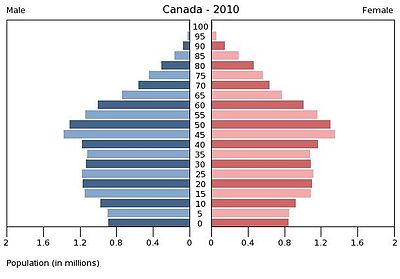The following information was collected mostly from Wikipedia, Worldatlas.com and Citymayor.com.
Its always good to know your geography and demographics!
Ambiguities in measuring the "size" of a city
The question of determining the world's largest cities does not allow a single, simple
answer. It depends on which definitions of "city"
and "size" are used, and how those definitions are applied. Complex political/cultural/social situations,
sometimes controversial or disputed,
further confuse the discussion. Debate on this field is highly vulnerable to bias or manipulation, as people[who?] tend to prefer whichever definition
most flatters their own city.
The "size" of a city can refer to
either its land
area or, more
typically, its population.
The boundaries of a city can also be defined in
any of several ways:
Morphological
/ Urban ( Space, Density)
"City" defined as a
physically contiguous urban area, without regard to territorial or
other boundaries. The delineation is usually done using some type of urban density, such aspopulation density or density of buildings (for
example, "gaps between structures may not exceed 200 metres"). Satellite and/or aerial maps may be used. For statistical
convenience, such areas are sometimes adjusted to appropriate administrative
boundaries, yielding anagglomeration.
Main
articles: List of
urban areas by population and List of urban agglomerations by population (United
Nations)
Functional
/ Metropolitan (People, Demographics)
"City" as defined by
the habits of its demographic population,
as by metropolitan area, labour market area, or similar. Such definitions are
usually based on commuting between home andwork. Commuter flow thresholds into the core
urban area are established by the national censusauthority, determining which areas are included.
Main
article: List
of metropolitan areas by population
City
Proper (Administrative, City Council)
"City" as strictly
defined by a given government (city proper). Typically based on a municipality or
equivalent entity, or sometimes a group of municipalities under a regional government.
Main
articles: List of
cities proper by population, World's
largest municipalities by population, and List of
cities by surface area
Urban / Morph - Wikipedia
Mumbai
Urban / Morph – U.N.
Mumbai
Urban / Morph - Citymayor.com
Mumbai
Average: Tokyo / New York /
Mumbai / Mexico City / Sao Paulo
Metro / Functional –
Wikipedia
Mumbai
(Jakarta , Sao Paulo
Metro / Functional - Citymayor.com -
Metro – Worldatlas.com
1. Tokyo , Japan
2.Seóul ,
South Korea
3.Mexico
City , Mexico
4.New
York City , USA
5.Mumbai ,
India
(6.Jakarta ,
Indonesia Sáo Paulo ,
Brazil
2.
3.
4.
5.
(6.
Average: Tokyo / Seoul / New York / Mexico City / Mumbai
/ Sao Paulo
City Proper – Wikipedia
Mumbai
(Sao Paulo , Moscow ,
Seoul , Beijing , Tokyo
City Proper - Citymayor.com
Mumbai
City Proper – worldatlas.com
Mumbai (
Average: Shanghai /
Mumbai - Karachi / Delhi
/ Moscow / Buenos Aires
/ Istanbul
Metro – Worldatlas.com
1. Tokyo , Japan
2.Seóul ,
South Korea
3.Mexico
City , Mexico
4.New
York City , USA
5.Mumbai ,
India
6.Jakarta ,
Indonesia
7.Sáo
Paulo , Brazil
8.Delhi ,
India
9. Õsaka/Kobe,Japan
10.Shanghai ,
China
11. 2.
3.
4.
5.
6.
7.
8.
9. Õsaka/Kobe,
10.
12.
13.
14.
15.
16.
17.
18.
19.
20.



